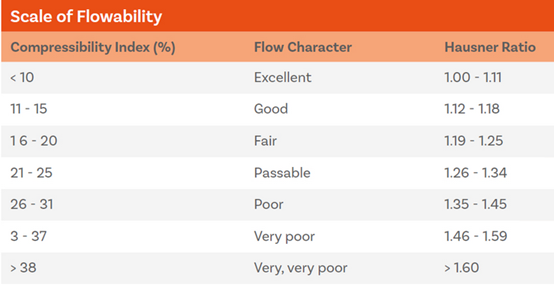- Call us!
- +86 531 8887 6213
- cathy@winner-psa.com
Particle density is the particle mass divided by the particle volume excluding external pores. If there are no closed pores in the particle, then the particle density is equal to the true density.
Particle density is measured and summed by the method of filling pores with media. It is related to the intra-particle pore structure and inter-particle pore structure, as well as the filling medium. Therefore, what is measured is not the particle density in the strict sense but the effective particle density. Measurement methods are divided into two categories: (1) pycnometer method filled with liquid; (2) volumetric method filled with gas. The gas volume method is divided into three types: fixed volume method, variable volume method and pressure comparison method. The pressure comparison method is more commonly used, such as the semi-automatic or fully automatic true density measuring instrument currently on the market.

Generally, the effective particle density obtained by gas filling is closer to the particle density or true density than that obtained by liquid filling. If there are micropores and closed pores in the inner pores of the particles, the effective particle density obtained by gas filling is lower than the particle density or true density.
Copyright © Jinan Winner Particle Instrument Stock Co., Ltd. All Rights Reserved | Sitemap
Keywords:
Laser Particle Size Analyzer Spray Particle Size Analyzer Particle Image System Online Particle Size Analyzer Particle Size Analyzer particle size distribution particle size analyzer manufacturer Laser diffraction particle size analyzer particle size malvern particle size analyzer